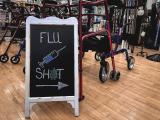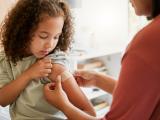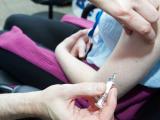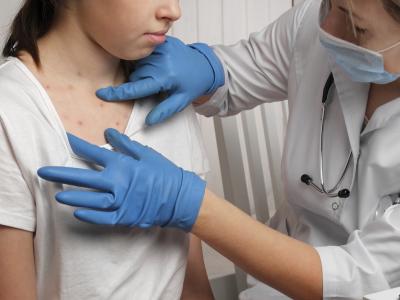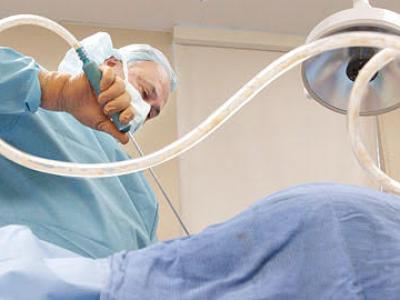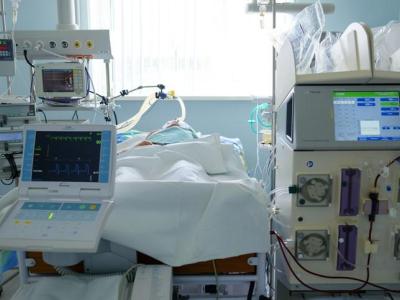Oct 6, 2009 (CIDRAP News) – States will begin receiving their first injectable doses of the pandemic H1N1 vaccine next week and can look forward to plentiful and steady supplies over the next 2 weeks, federal officials said today.
This information may help firm up mass vaccination schedules and clear up the public's confusion about when they can get the shot, the officials added.
Thomas Frieden, MD, director of the US Centers for Disease Control and Prevention (CDC) at a press briefing today called the release of the first 2.2 million doses of the vaccine to states a trickle, but "we're seeing the tap beginning to flow."
Pandemic influenza virus is active in most states and is slightly declining in some areas and increasing in other areas, Frieden said. Though it would have been nice to have had the vaccine to tamp down the outbreak when schools started, the timing of the campaign is still poised to prevent a lot of infections. In states reporting widespread activity, only 5% to 10% of people have been infected with the virus, he added.
Vaccine development, as predicted, took about 6 months, from the identification of the virus in the spring to this week's release of the first doses, he said. Supply will very soon outstrip demand, Frieden said, "But for now it won't be available when everyone would like to be vaccinated."
The CDC has cleared the way for states to order production lots of the vaccine as soon as they are manufactured, Frieden said. States will be encouraged to check each day to gauge vaccine availability, he said. Each Friday the CDC will report the amounts available to states and the amounts that states have ordered.
"It's a little bit of a messy process, but it's the best way to get vaccine out as soon as it becomes available," Frieden told reporters.
Currently, states are distributing the first doses, which are solely the inhaled live attenuated nasal mist form of the H1N1 flu vaccine, made by MedImmune, to healthcare workers, children, and people who care for babies younger than 6 months old.
Federal officials expect that states will vary in their approaches to administering the vaccine, he said. Some will conduct several school-based vaccination campaigns, while others may depend on physicians offices and public health clinics. "It's up to states to figure out what will work best," he said. Some states will be better prepared to deliver the vaccine than others.
School districts in some states, such as New York City and Miami's Dade County, are planning school-based vaccination clinics, which some experts predict could more quickly immunize the school-age risk group while reducing the burden on physician's offices. Some districts, though, are hesitant to conduct school-based vaccine clinics because they lack enough school nurses to manage the process.
Uncertainty over when vaccine will arrive and how much states will get has been problematic for doctor's offices and some health departments. Parents, hearing that the first vaccine doses are available, are starting to swamp physician's offices with calls about the vaccine.
San Francisco's Department of Public Health cancelled its mass pandemic flu vaccine clinics, saying the constantly changing estimates of when the vaccine would arrive made it difficult to reserve big venues such as auditoriums, schools, and community centers, the San Francisco Chronicle reported yesterday on one if its news blogs.
Frieden said, "We can expect to see a lot of that the first couple weeks as we get the supply chain worked out," He added that federal officials are "highly confident" that robust vaccine supplies will be available by mid to late October.

